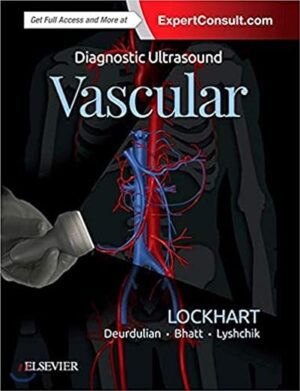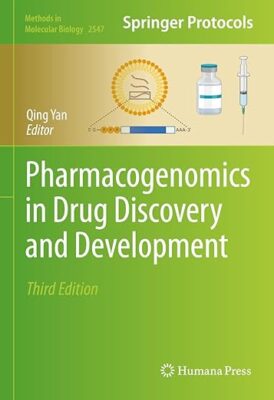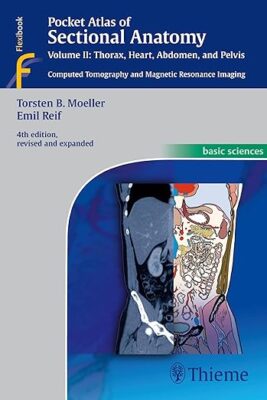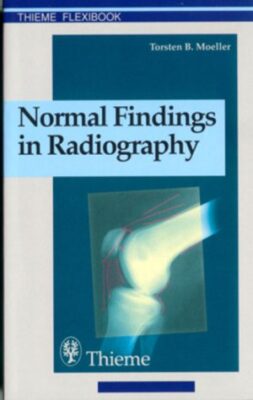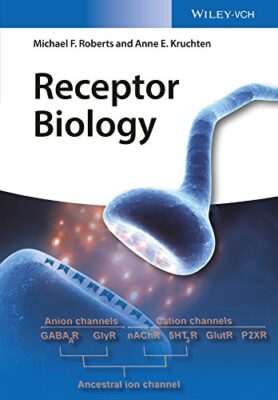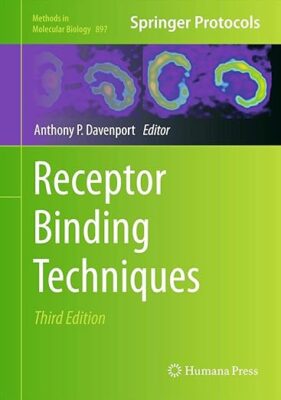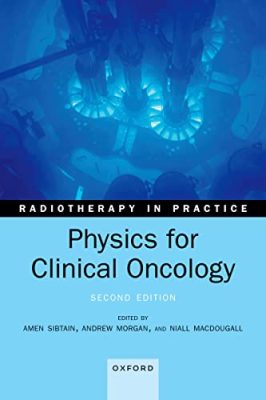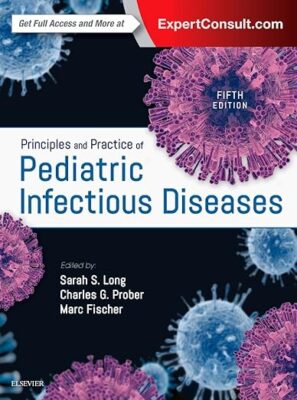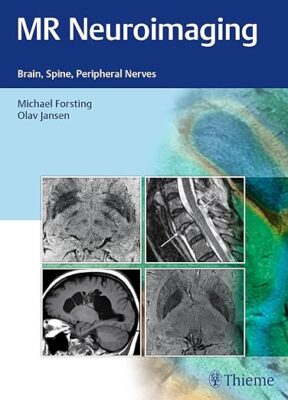Diagnostic Ultrasound: Vascular 1st Edition
Develop a solid understanding of vascular ultrasound with this practical, point-of-care reference in the popular Diagnostic Ultrasound series. Written by leading experts in the field, Diagnostic Ultrasound: Vascular offers detailed, clinically oriented coverage of ultrasound anatomy, pathology, technique, and diagnosis. This wealth of up-to-date information helps you achieve an accurate vascular ultrasound diagnosis for every patient.
- Ensures that you stay on top of rapidly evolving vascular ultrasound practice and its expanding applications for everyday clinical use
- Includes extensively illustrated coverage of sonographic anatomy that depicts pertinent vascular structures of the head and neck, chest and abdomen, and extremities
- Features image-rich chapters on vascular ultrasound techniques, covering grayscale, color, power, and spectral (pulsed) Doppler imaging, as well as imaging artifacts
- Provides detailed sonographic descriptions for the vascular diseases and anomalies encountered in clinical practice, including lesions of head and neck, chest and abdomen (including transplants), and extremities, including tips, tricks, and pitfalls
- Contains a gallery of typical and atypical ultrasound appearances covering a wide spectrum of disease, correlated with CT and MR imaging where appropriate, and detailed artistic renderings
- Discusses key vascular ultrasound intervention techniques for both diagnosis and treatment
- Uses a bulleted, templated format that helps you quickly find and understand complex information, as well as thousands of high-quality images and illustrations
- An ideal reference for radiologists, sonographers, vascular surgeons, and those who are training in these fields
- Expert Consult™ eBook version included with purchase, which allows you to search all of the text, figures, and references from the book on a variety of devices.









